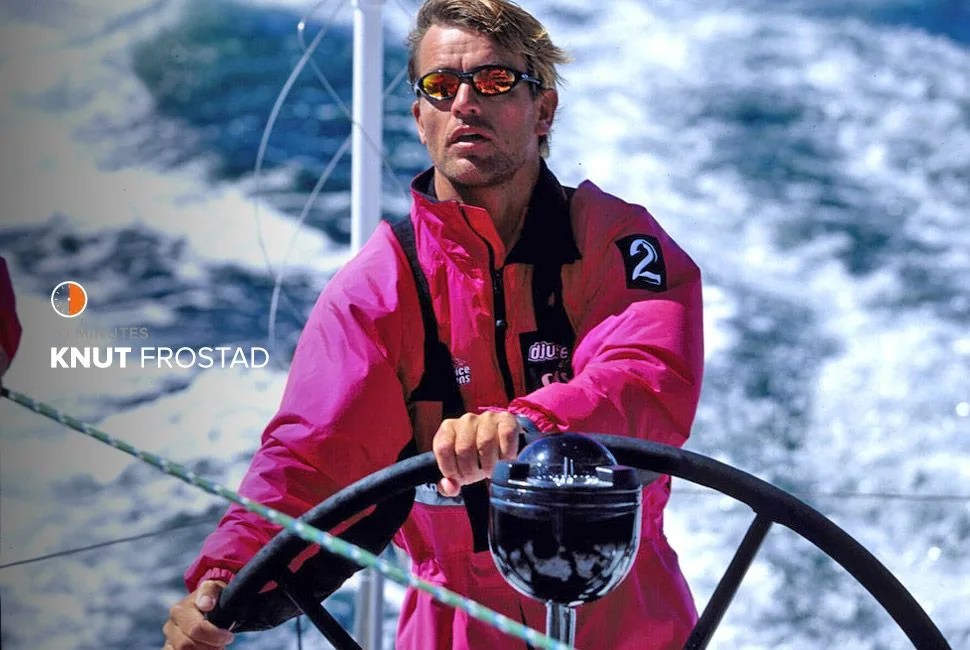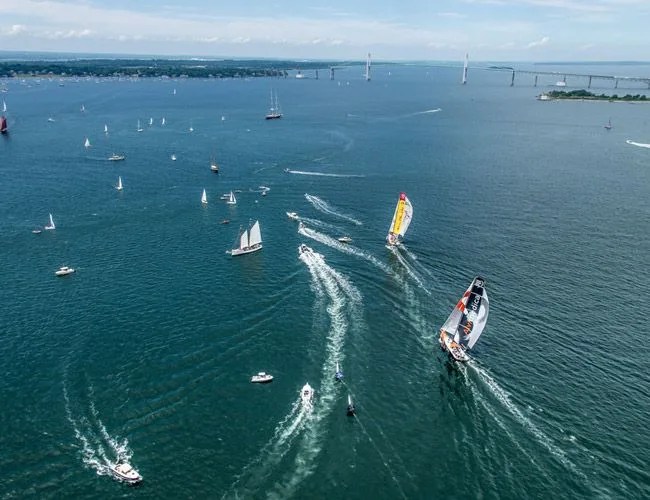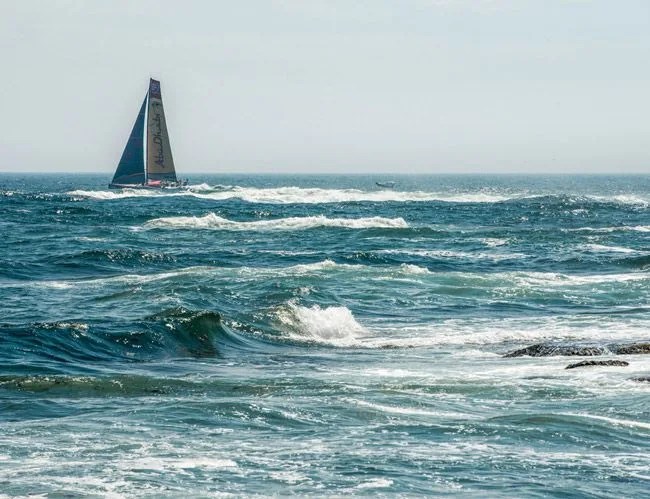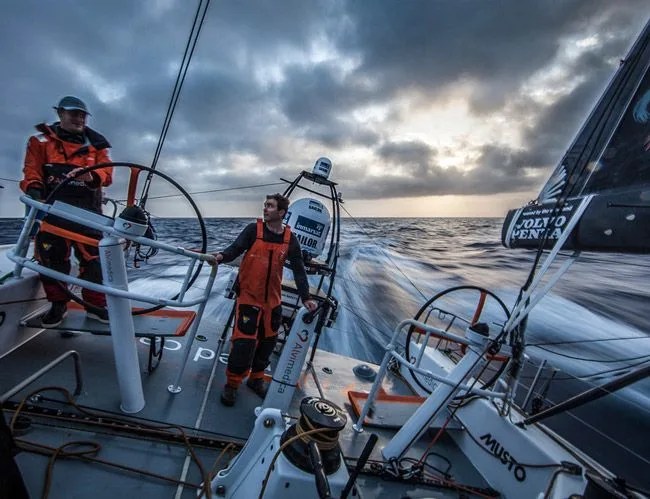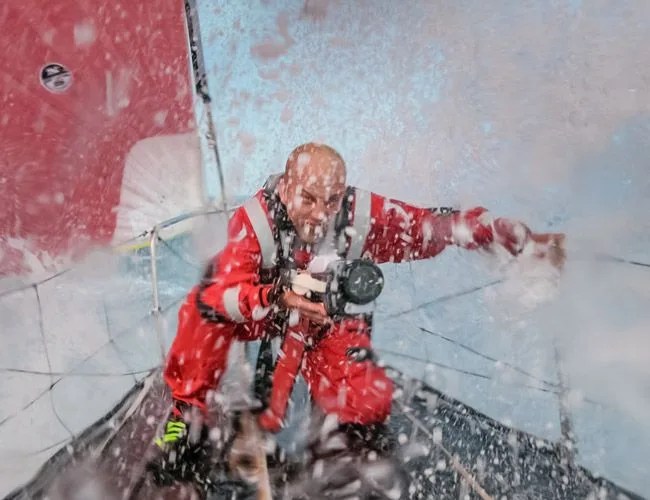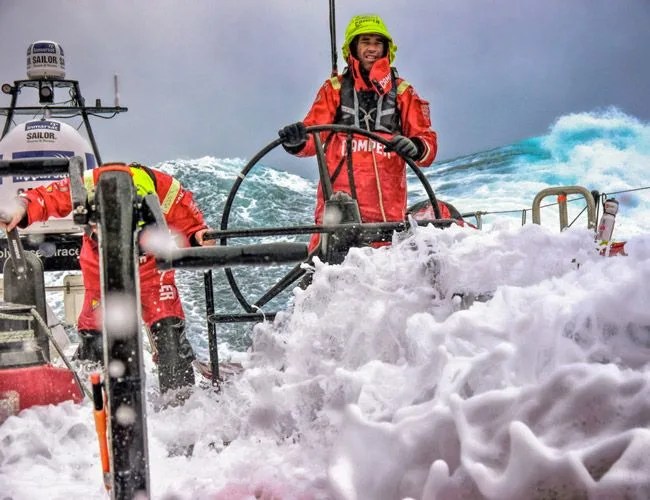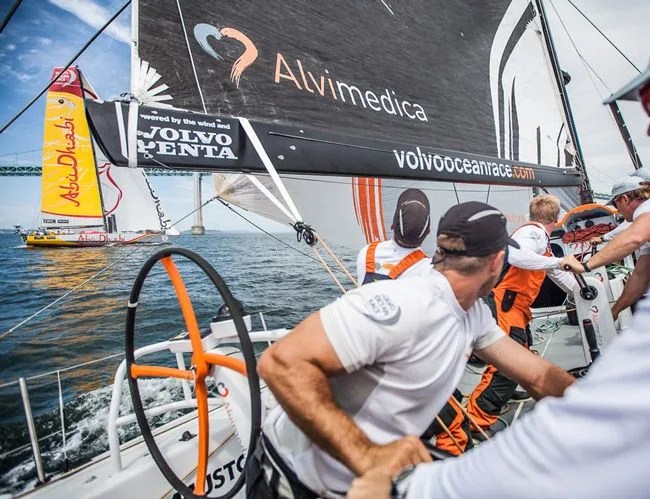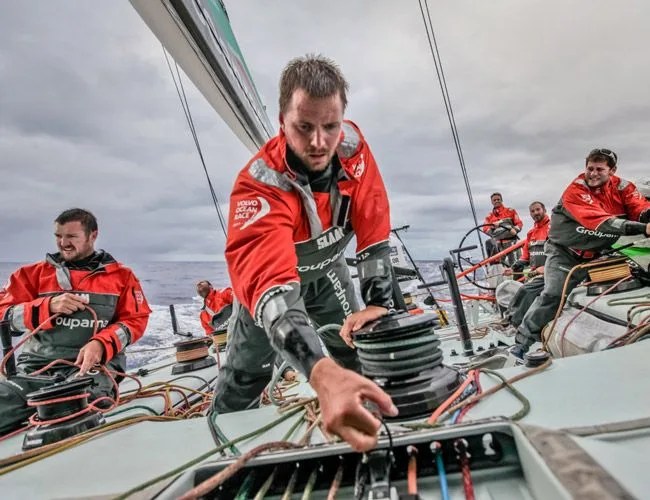How do you popularize an obscure sporting event that runs through the remotest oceans for three quarters of a year? That is Knut Frostad’s task as CEO of the Volvo Ocean Race, a round-the-world yachting competition that takes place every two years. The race, which covers nearly 40,000 miles, features half a dozen teams from every corner of the earth who battle high winds and dangerous seas for over nine months. An amazing race in every sense of the word, it has been called the Everest of sailing.
As a four-time competitor and skipper in the race, Frostad is well-equipped to lead it. He’s also Scandinavian (Norwegian) — which wasn’t a requirement, but as the public face of an event sponsored by a Nordic car company, it doesn’t hurt. During his tenure, Frostad has worked to modernize the race, from its marketing to its coverage; for example, each racing boat harbors an “embedded” reporter who blogs and takes videos and photos on a daily basis, allowing online spectators to follow racers around the globe, through every storm and every sunrise.
With the 2014-15 race set to begin in October, Frostad has been on the road a lot. We sat down with him in Newport, Rhode Island, which will serve as a stopover in the upcoming race, to discuss the race’s global appeal, incredibly high-tech sailboats, and how GoPros have changed the sailing landscape.
MORE GP INTERVIEWS: Fabien Cousteau | Jozy Altidore | Sasha DiGiulian
Q. What are the goals for the Volvo Ocean Race?
A. We want to invest in the sport, build the sport. We want to be there for the whole ride. We don’t have to be the most visible, but we want be part of it. Volvo is not doing this race or owning it because of the branding, it’s not because they want to make Volvo famous, because most people know Volvo… Our objective is to build more fans, and the fans may be fans of Volvo, they may not be. We are developing [the race] as a brand, and you will see that the things we do. You don’t see the Volvo logo in many places. Its kind of in the background, because the event has to live and be focused on its own history, its own merits, and we focus a lot on building the story — a human-driven story about these people who do these crazy things.
Q. I’m trying to imagine a person who doesn’t know anything about, or have interest in, sailing. What do you hope draws them in?
A. I think we can do a better job on that. In the past we have been way too much of a sailing event, in our communication. It’s a lost opportunity. It had a lot to do with the people who produced television… Now we see for the next event, we have people in our TV crew today who are 21 years old, who are fantastic guys who have backgrounds from Red Bull Extreme Sports, do all kinds of things. They have a completely different perspective, because today you don’t need a TV company to produce television, you just need five GoPro cameras and a Mac and you’re off. If you’re clever and you have the skills you can do amazing productions with that.
That is one element for us. The other element for us is that we have worked very hard on a globalized event, not in the sense of necessarily where the money comes from, but because sailing was quite a traditional sport. In some markets it had not-so-good associations; like in the U.S., for example, it’s associated with the high end, a bit elitist, a luxury thing. In France it’s not like that, it’s different in different markets. We needed to break some of those barriers, so we had focused hard on China, for example.
